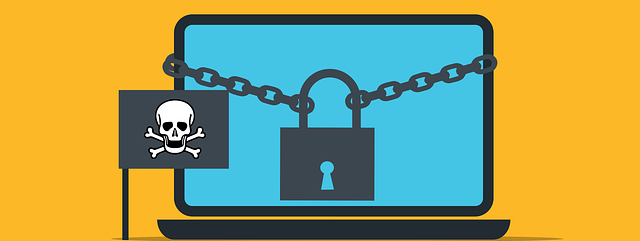The Threats of Consent Phishing Attacks to Businesses

Phishing attacks are popular with attackers because of the ease of deployment. They are used to steal data and gain unauthorized access to systems and servers. Phishing involves targeting individuals and companies in order to obtain information or compromise their systems. The pandemic altered the way many businesses operate, especially with the use of collaborative and productivity apps for remote work. As organizations leverage different tools to integrate their workforce, more opportunities for phishing are also created for cybercriminals to exploit. The success rates of well-known and publicized phishing attacks decrease over time. Thus, cybercriminals develop new phishing methods to replace old ones. One of these new tactics is known as consent phishing.
What is Consent Phishing
Consent phishing involves tricking users into granting permissions to malicious apps. It grants access to legitimate cloud service offerings such as Office 365 and Google Cloud apps to cyber attackers.
Consent phishing is an application-based attack. It relies on the existing cloud environment of the target in order to install malicious apps.
While typical phishing involves stealing login credentials or personal information by tricking victims into giving them up. Consent phishing gives hackers direct access to an organizations’ cloud data.
When permission is granted to a malicious app controlled by an attacker they are able to access sensitive and personal data of the victims without the need for further authentication
How Does Consent Phishing Works
Consent phishing attacks are designed to appear legitimate to improve their odds of success.
There attack usually follows the steps described below:
1. Attackers register a rogue app with an OAuth 2.0 cloud provider such as Microsoft Azure or Google Cloud.
2. The app is configured to look trustworthy. This may be done by using the names of reputable companies or their affiliates.
3. A malicious consent phishing link is sent to the potential victim. This can be delivered via email impersonating a legitimate company. Users may also be prompted to install the malicious app from inside another app or on a legitimate website previously compromised by the attacker.
4. If the user clicks the link, they are shown a consent prompt for installation and access permissions for the malicious apps.
5. If the malicious app prompt is accepted, it gets permission to access all the sensitive data on the user’s cloud account.
6. The app is given an authorization code that it can use to redeem an access token to the user’s account.
7. The access token can be used to make API calls as the victim.
8. With this token, the attacker can access and modify the user’s mail, forwarding rules, files, contacts, and other sensitive data.
How Dangerous is Consent Phishing
Consent phishing’s efficiency lies in leveraging legitimate applications to gain persistent access to the victim’s cloud data.
Once access is granted to a malicious app, additional security measures can’t stop the attack. Changing passwords or enabling multi-factor authentication will not affect the access or operations of the malicious app unless its permissions are explicitly revoked.
How to Protect Your Business against Consent Phishing Attack
1. Educate Your Employees
Consent phishing is more successful because many users don’t understand how their cloud environment works.
Your employees should be well trained about the tactics used in consent phishing and the danger it poses to your business so they can protect themselves and the company.
With proper training, employees will be more careful about granting permission to new apps. They would also double-check links and emails in order to block and report consent phishing attempts.
2. Train Admins On Cloud App Policies
While third-party apps are very important for running businesses, there are risks associated with using them. Your cloud service administrator should understand the permissions and consent framework of your chosen cloud provider so they can easily block malicious apps from gaining a foothold.
Admins must also understand how to manage and evaluate permission requests from cloud apps.
3. Audit Installed Apps
Applications installed in your cloud account must be audited on a regular basis. This will help you detect and remove malicious apps as well as those with suspicious permissions.
4. Disallow Installation of Untrusted and Unverified Apps
Your organization can set up policies to only allow the installation of publisher verified apps. You can also create a list of trusted apps that users have permission to install.
This will help prevent the installation of rogue apps in your cloud environment.
5. Deploy Email Authentication Systems
Email is the primary means of delivering consent phishing attacks. Your email system should have filters and authentication protocols that can help block attacks before they get to the user’s inbox.
6. Promote General Anti-Phishing Security Policies
Employees should monitor email for general phishing attempts. This may include checking for spelling and grammar in emails and also taking notes of application names and the domain URLs.
Phishing methodology keeps evolving as attackers look for new ways to beat existing security measures. Follow the tips above to protect your organization from consent phishing attacks.
Consent phishing can threaten any organization and your company must take steps to avoid being an easy target.
Cybersecurity is becoming more complex for SMBs to effectively manage. An MSP can help you create a robust defense system against consent phishing attacks.
Get in touch with SDTEK to discuss your anti-phishing cybersecurity options,
The post The Threats of Consent Phishing Attacks to Businesses appeared first on SDTEK | San Diego, CA.


